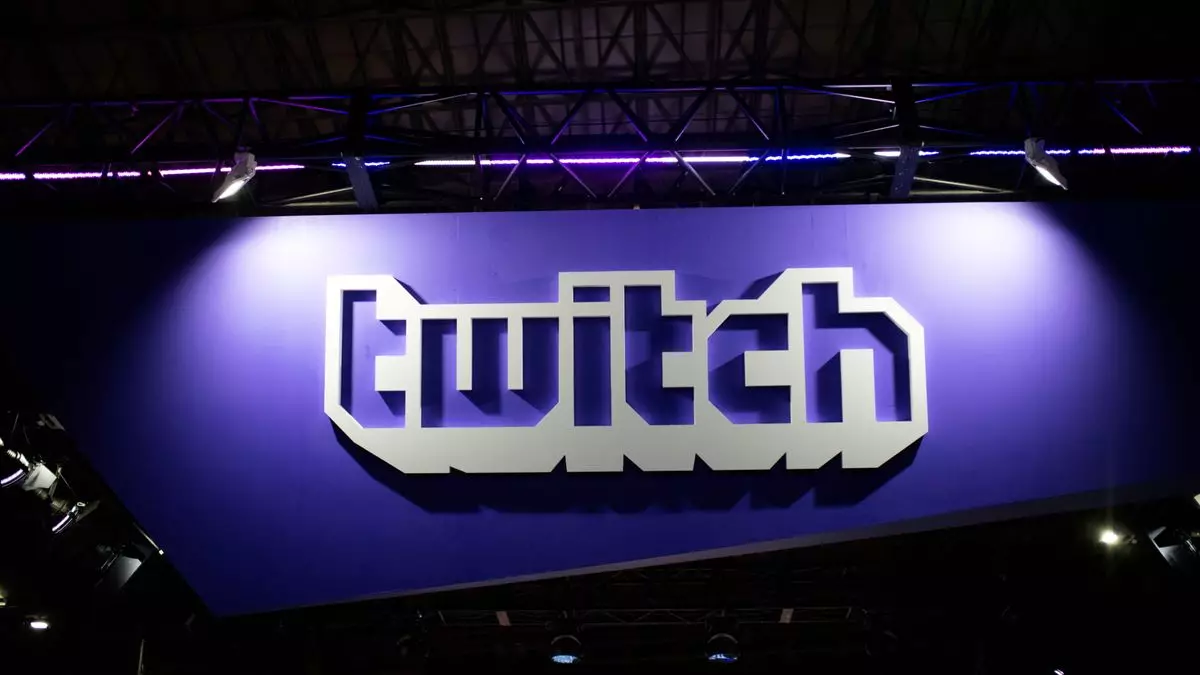In the evolving digital landscape, platforms like Twitch are continually reassessing their policies to maintain user engagement and community standards. Recently, Twitch introduced a new content classification guideline aimed at “politics and sensitive social issues.” This initiative attempts to categorize streams discussing weighty topics such as “civil rights, elections, military conflicts, and other delicate social matters.” This move appears to be a reaction to recent controversies surrounding the platform, particularly incidents involving high-profile streamers and claims of associations with various forms of discrimination. The background of these changes involves both self-preservation and an attempt to create a safe space for diverse audiences. However, the implications of such changes can be problematic.
Past guidelines aimed to create a clear boundary about what content was appropriate for younger viewers and what wasn’t. Twitch had previously focused on contents like violence, gambling, and explicit sexual material, guiding users away from potentially distressing content. The addition of political topics introduces a layer of ambiguity that raises concerns. What constitutes a sensitive political discussion? The vagueness of terms such as “educational content” versus “advocacy” becomes a source of contention. For example, a stream discussing the repercussions of certain legislation, such as reproductive rights or LGBTQ+ issues, could easily fall into the contentious territories that Twitch now aims to label. This inconsistency creates unease among creators and viewers alike.
Furthermore, the categorization raises critical questions about who determines the nature of the content. Can a streamer objectively portray matters like fascism or systemic racism without facing repercussions regarding their content label? The line between educational discourse and politically charged commentary is tenuous. This lack of clarity could deter creators from discussing pivotal issues, thus stifling important conversations.
The Fallout from Recent Controversies
The timing of these new guidelines is crucial. Twitch recently faced backlash over its handling of incidents that many viewed as platforms for hatred or bigotry. High-profile cases, including a streamer’s derogatory comments on Palestinians and the banning of Arab hobbyists over a trivial TwitchCon incident, have amplified scrutiny on Twitch’s responsibility for the content shared on their platform. Twitch’s management acknowledged shortcomings in their policies, yet instituting content classification categories could be seen as more reactive than proactive.
While CEO Dan Clancy’s statements emphasize a commitment to diversity and the rejection of hate, these words ring hollow without substantial action. The ambiguity of the new guidelines could serve to protect harmful rhetoric rather than shield vulnerable communities from hateful content. Twitch’s insistence on labeling potentially upsetting streams could, paradoxically, provide a shelter for dangerous ideologies cloaked as “sensitive discussions.”
The response from Twitch’s community has not been subtle. Many users perceive the new labeling guidelines as inadequate and overly complicated, leading to fears that vital conversations will become stifled under an umbrella of censorship. Calls for accountability of streamers focusing on political issues are rampant, with suggestions that Twitch is simply trying to avoid difficult decisions regarding moderation by placing labels instead.
For marginalized creators, the implications are particularly alarming. Many streamers, such as those discussing personal experiences related to reproductive health or LGBTQ+ rights, are concerned that they may now need to navigate unnecessary bureaucracies simply to share their stories. The specter of revenue loss lingers too, as advertisers often shy away from content that bears warning labels, regardless of context. Such broad brushstrokes could end up alienating some of Twitch’s most engaged creators.
As Twitch rolls out these guidelines, it remains to be seen whether they will take the necessary steps to adapt and refine these policies in response to community feedback. Previous experiences have shown that hasty regulatory measures often do not hold firm over time. The platform may find itself in a continuous cycle of revising its policies, grappling with multiple concerns, and attempting to balance user engagement with safety.
Twitch’s new classification system is fraught with complexities and potential pitfalls. While aiming for transparency and safeguarding viewers, the guidelines may inadvertently complicate conversations that need to be had. The digital community is watching closely, and the onus is on Twitch to navigate this sensitive landscape adeptly, ensuring openness and accessibility without compromising on safety and inclusivity. The conversation about what constitutes “appropriate” political discourse is a critical one that will be paramount in shaping Twitch’s future.

